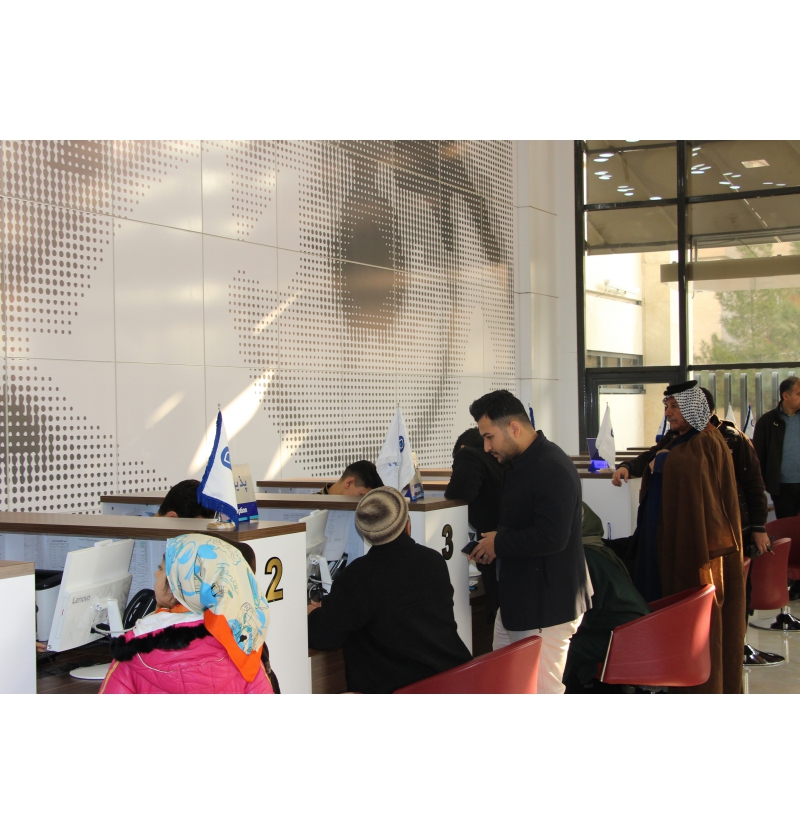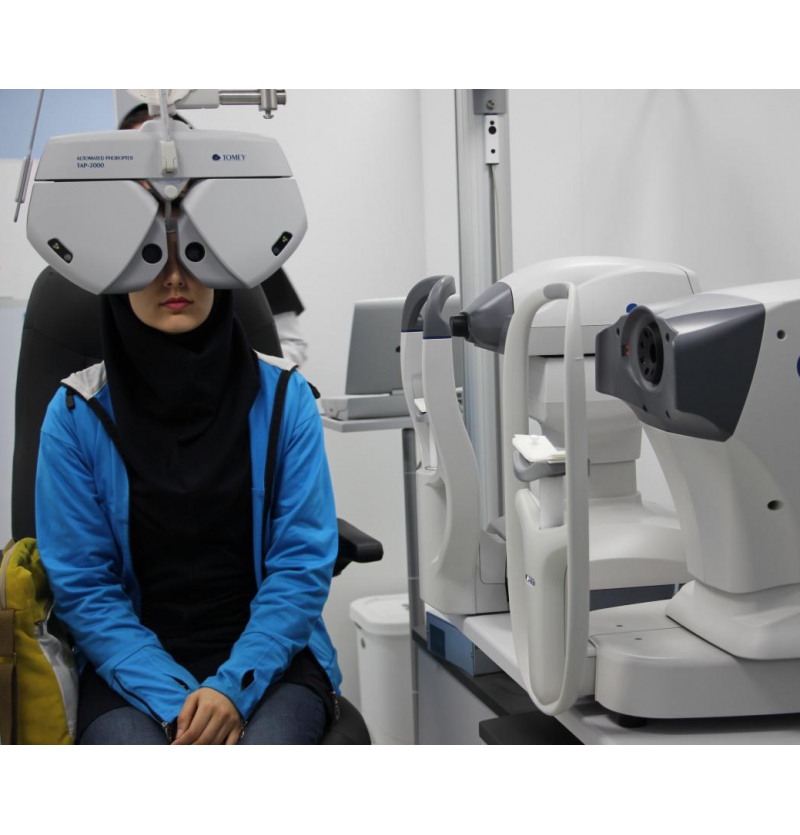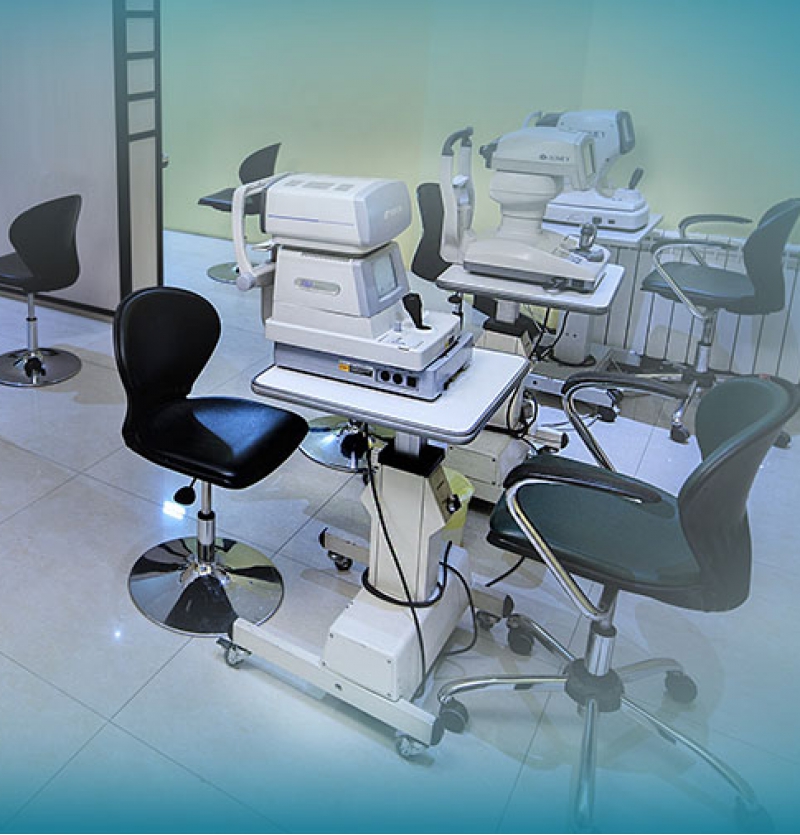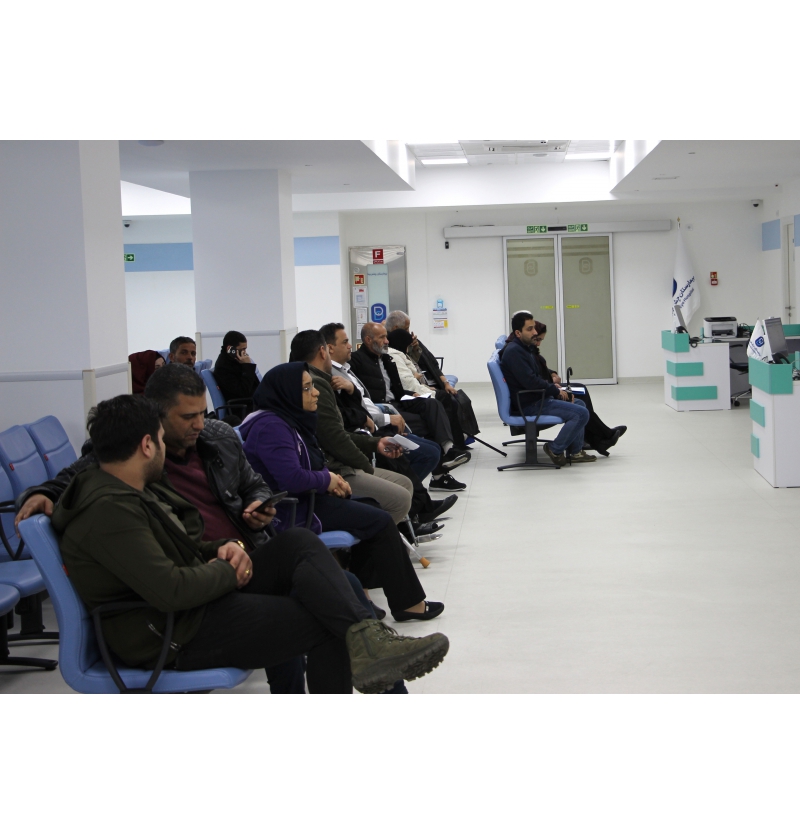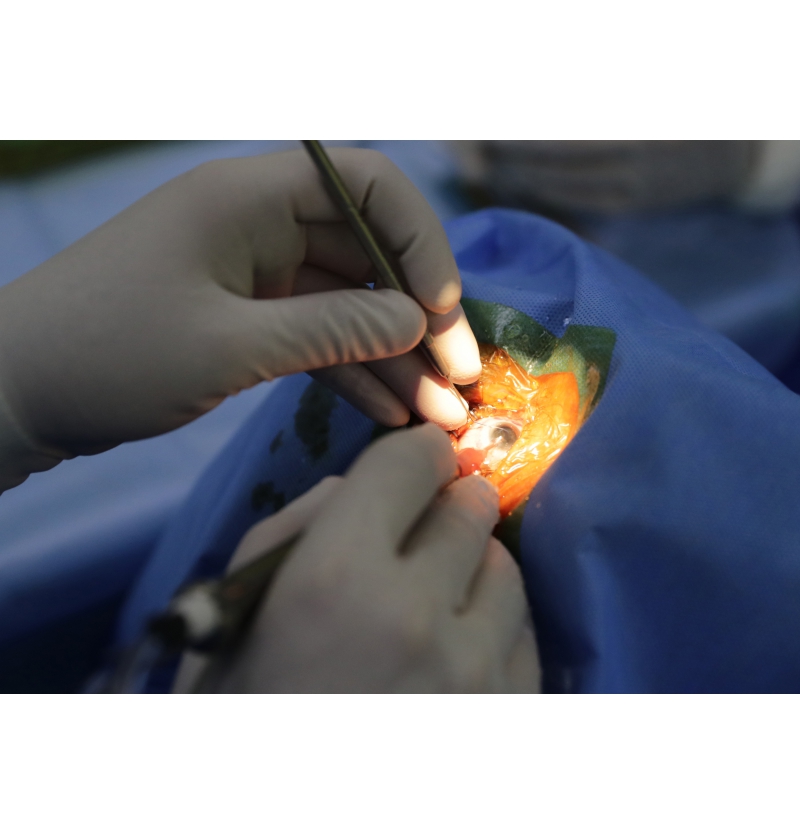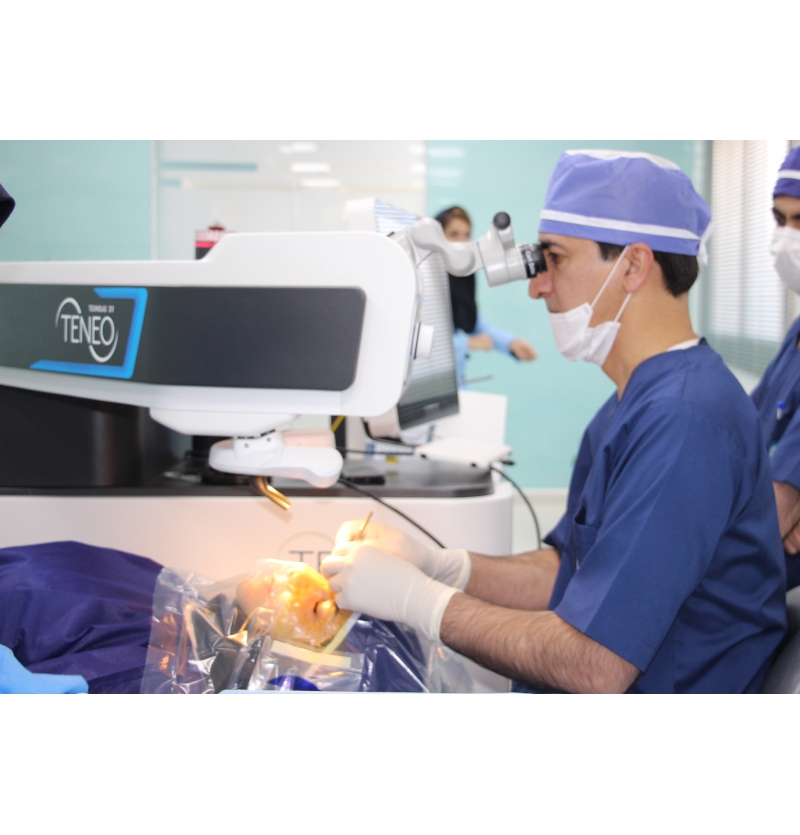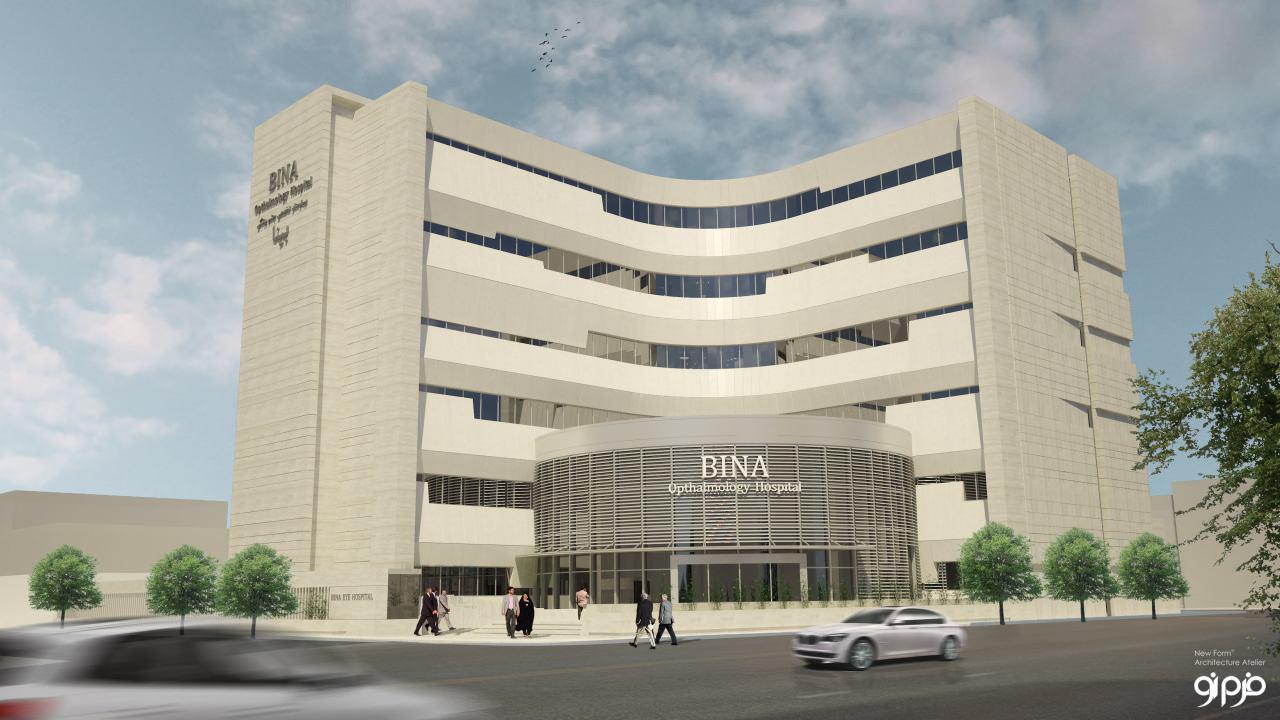BEFORE YOUR TRIP TO IRAN
Visa
While planning your trip to the Islamic Republic of Iran remember to double check your passport or any travel documents to be valid for at least 90 days. For some nationalities a valid Iranian visa is required and depending on your nationality, some can stay as a tourist up to 3 months per entrance. If you need a visa, it is highly recommended to start the visa process at least two months before your visit schedule. If you are planning to experience the Persian heritage and celebrate Nowruz in Iran, bear in mind Nowruz holidays are hot-seasons in Iran and you have to submit your visa application before 8 March to avoid being stalled in the process. As a part of a tourism development program, Iran waived nationals of about 65 countries. Citizens of those countries are granted a 15-day tourist visa upon arrival (Airport Visa).
Dress-Code in Iran
Like many countries across the world, Iran has its own style and fashion. With respect to Islamic rules including “Hijab”, it is expected, tourists pick modest outfits.
Tip 1: Ladies! Please cover your hair wearing a scarf; scarf is the most common covering for head and hair. It is called "Rousari" in Persian. Please make sure to wear something loose to cover the body. Arms should not be bare and legs should be covered down to ankles.
Tip 2: Gentlemen! Please do not wear shorts or extreme short sleeve and tight shirts in public places. Feel free to wear ties or bows and T-shirts depending on your plans and events you are attending.
Tip 3: On Iranian flights, it is usually requested to follow the dress-code upon entering the Iranian airspace. We can recommend you to pick a Manteau (a light coat or a mantle) and a scarf. You later can explore the city and find out about the latest fashion style in Iran and experience shopping like locals do. See it as a new experience and it will be fun. If not sure where to start, google some photos and even on your flight, have a look at flight stewardesses to get an idea of how you have to wear your scarf and manteau.
Tip 4: When visiting holy places, you may be asked to wear a Chador before you enter the holy site. Not to worry! the sites will provide you with a chador upon entrance.
Prohibited Items
Alcoholic beverages, narcotics, guns and ammunition, all horticultural and agricultural goods including seeds and soil; aerial photo cameras, transmitter receiver apparatus, most films, cassettes, CDs and videos and any kind of fashion magazine. Of course, hunters who are visiting Iran on hunting tours can get necessary permits for carrying their guns and ammunition via their Iranian travel agents beforehand.
Times To Travel
Iran is a four season country and enjoys a very diverse climate. Up in the North, it can become very hot during summer time and can go several degrees below zero during winter time. Down in the South close to the Persian Gulf region, however, they have a milder winters and much hotter summers. It is recommended you travel to the South in springs and falls.
Sim Card & Cell phone Services in Iran
Iran has GSM, 3G, 4G and 4.5G networks. Your SIM card from any part of the world can easily be registered in Iranian networks, given your phone company has made a contract with Iranian Telecommunication Company (ITC). To avoid paying roaming fees, it is economical to buy a SIM card in Iran. You can pick a pay-as-you-go SIM or post-paid SIM. The post-paid sim-only contracts are cheaper; however, you have to sign a contract which is not difficult to do. Sales assistants will do all the paper-work for you, and it will take only a few minutes. Your sales assistant will ask you to provide them with a copy of your passport for the registration and an address in Iran (a hotel address will do). You do not need to go through paper-work process for a pay-as-you-go sim card; yet, the tariff is a tad-bit higher.
There are three operators in Iran providing services: Hamrah-e-Aval (MCI), MTN Irancell and Rightel. The network coverage is very good almost everywhere. Well, when you go mountain climbing, you might not receive full signals up on the hills and when you are on roads between major cities. If you are planning to comeback to Iran, make sure you use your sim at least once in three months. A three-month idle period will end in deactivation of your sim.
Telephone area Code: +98
Working Days And Off Days In Iran
Iranian working days are from Saturday to Wednesdays. In some organizations and institutions work is half-time on Thursdays. Generally, Thursdays and Fridays are the weekend in Iran. Persian calendar is a solar calendar and has its own names of the months and, as you may know by now, it has a different start of the year. Nowruz usually begins on March 21st and it is highly recommended to go to Iran during this time.
Iranian religious holidays are based on Islamic/lunar calendar which change in solar calendar from a year to another. Religious holidays are subject to change depending upon the official sighting of the moon.
<h4 "="">Driving In Iran
Foreign visitors who have an international driver’s license and valid driver license issued by the country of their residence may drive in Iran. The main road traffic rules are as followed:
- Driving is on the right side of the road.
- The minimum age of driving is 18 years.
- All car occupants must wear seat belts.
- The third party insurance is mandatory, and personal insurance is required.
- It is not permitted to drink and drive; the legal blood alcohol level is 0.0%.
- The speed limits are: in built up areas – from 30 to 50 km/h, outside built up areas from 70 to 110 km/h, on highways – from 70 to 110 km/h.
Spoken Language
Most people who travel in Iran have little problems in communicating with the locals. Iranian people working in the tourist sector are usually adept in at least a couple of languages if not more. Since English language is taught at school everybody speaks some English, yet the majority speaks it fluently. German, French and Italian are less common compared to English; other languages like Spanish, Russian, Japanese and Chinese languages are spoken very rarely. Not to worry though, you can always hire a translator or a specialized Iran tour guide who speaks your language fluently.
Anyways, if you feel adventurous and are keen to ventures everyday life of Iranians in neighborhoods, make sure you know some commonly used phrases and in Persian. They come handy sometimes. Upscale boutiques and restaurants usually have multilingual personnel, but many common Iranian shops may not have such privileges. Typically, people try to find help among customers or google translate. On the other hand, Iranians are always impressed by foreigners who have made some effort to learn Persian, and will go out of their way to accommodate them.
USEFUL AND COMMON FARSI EXPRESSIONS & PHRASES
Yes. Bale
No. Na
Excuse me. Bebakh’shid
Thanks. Sepaas
Thank you. Moteshakeram
You are welcome. Khahesh Mikonam
Do you speak Persian? Farsi Baladin?
Yes, little. Bale, Ye Kam
Do you understand? Motevaje Shodin?
I don't understand. Nemifahmam
I don't know. Nemidoonam
How do you say it in Persian? Ino Be Farsi chi migid?
What does it mean? Yani Chi?
What is it? In Chiye
Please speak slowly. Lotfan Aheste tar Sohbat Konid
Please say it again. Lotfan Dobare tekrar konid
It's alright: Khoobe
No, thanks. Na, Merci
ESSENTIAL FARSI VOCABULARIES
what – Chi
where – Koja
who – Ki
when – Kei
which – Kodoom
how much – Cheghadr
SIMPLE QUESTIONS
How? Chetor?
What? Chi?
Why? Chera?
When? Kei?
Where? Koja?
Who? Ki?
Which? Kodoom?
GREETING AND SALUTATIONS IN PERSIAN
Hello, Good morning - Salam, Sob Bekheir
Good afternoon - Asr Bekheir
Good evening - Shab Khosh
Good Night - Shab Bekheir
What's up? Che Khabar?
How's everything? Hame Chiz Khoobe
DAYS OF THE WEEK
Saturday: Shanbe
Sunday: Yek Shanbe
Monday: Do Shanbe
Tuesday: Se Shanbe
Wednesday: Char Shanbe
Thursday: Panj Shanbe
Friday: Jom'e
Time Zone In Iran
The formula to set your time is very simple: UTC+ 3.5 (UTC + 4.5 from March 21 to September 21).
Iran Standard Time (IRST) or Iran Time (IT) is the time zone used in Iran. Iran uses a UTC offset. IRST is defined by the 52.5 degrees east meridian, the same meridian which defines the Iranian calendar and is the official meridian of Iran.
Local Currency In Iran
Iran's Official unit of currency is the Iranian Rial but Iranian people always use a more colloquially and historically known denomination of Tomans.
10 IR = 1 Toman. Everyone is using this word instead of Rial except for some special cases. It is common in Iran for a shop keeper to ask for 100 Tomans for an item that costs 1000 Rials.
Where To Exchange
There are plenty of exchange bureaus in all cities. But the following list direct you to the central points where major exchange bureau offices are located.
Electricity Voltage In Iran
220 volts AC, 50Hz. plugs are of the round two-pin type. If you have 110 volts appliance to use on your trip, it is recommended to take a 110-to-220 converter plug with you while traveling.
Climate & Precipitation
.Temperature fluctuates widely in different parts of the country all year long. Being located in northern hemisphere makes summer time hot and winter cold
Up in the north and down in the south, close to the bodies of water (Caspian Sea in the north and Persian Gulf in south) the summer months can be hot and humid. In other parts though, it will be more moderate and you can always take refuge to shades. If you are planning to go to the west of the country and also the mountainous area, make sure you have a cardigan or a light jacket with you. If you are going to higher elevations, make sure you are prepared for a very cold temperature.It can get chilly even in the middle of August
But don’t get intimidated by the weather. You will not regret trying Iranian organic fruit and sightseeing the forest green of mountainous forests and tea plantations are worth to tolerate the heath. Mind you, energy is affordable in Iran and indoors are always kept in moderate temperature.
Winter weather also varies from mild to cold, with heavy snow in the higher elevation of the mountains. The temperature may go below zero. If you are a fan of skiing, make sure you visit Abali, Dizin and other ski resort in Iran. You can always rent skis, boards, pole and anything else you need at the resorts

Spring and fall are relatively mild. If you travel to Iran in spring time, make sure you visit the Garden of Flowers in Isfahan. As tourists describe it, it is a piece of heaven on Earth. The scent of blooming flowers in Shiraz, Sary and Rasht, as Iranians say, will captivate you. It can become rainy during fall and spring. The yearly rainfall averages in Iran is about 25 centimeters or less. It goes up to 50 centimeters in mountainous valleys of the Zagros and the Caspian coastal plain, and up to 100 centimeters in the northwestern part of the country. Iran is famous for its four season weather. It is considered as one of few countries in the world where visitors may experience all four seasons in a part of the country all year long













